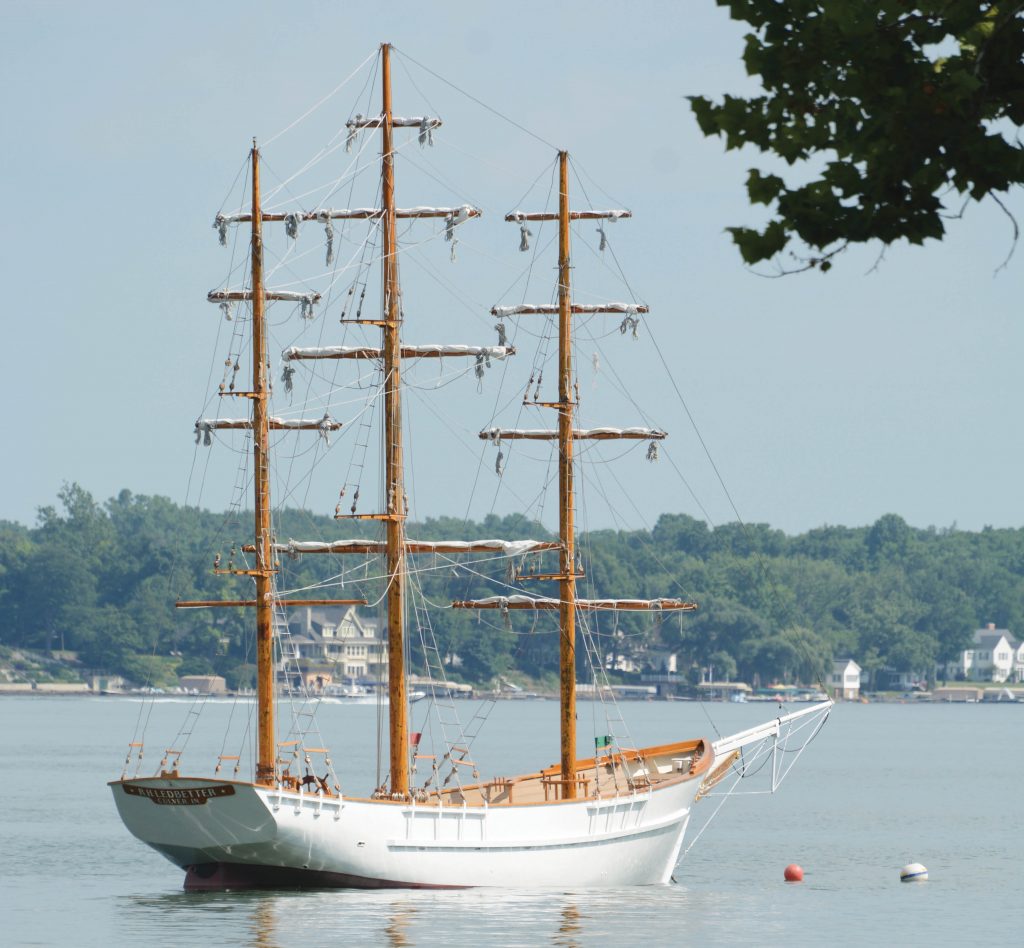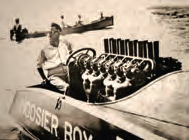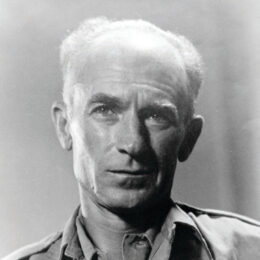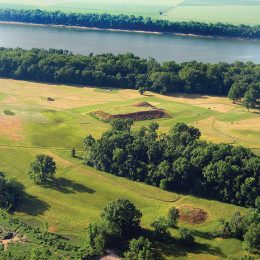
The first American settlers in Marshall County arrived a year before the county’s formation in 1836. They came from primarily New England Puritan descent. Thus, Plymouth — after Plymouth, Massachusetts — was the name selected for the county seat.
But two locations just south of Plymouth form notable chapters of the county’s history.
On the south side of a chain of natural lakes, remnants of the last ice age, is a monument to Chief Menominee and his band of Potawatomi Indians. The monument commemorates the starting point of the largest forced relocation of Native Americans from within the state of Indiana just two years after Marshall County formed.
Though the Potawatomi had ceded their lands to the federal government under a series of treaties beginning in 1818, Chief Menominee and his band at Twin Lakes (which is Cook and Myers lakes) refused to leave. After a final August 1838 deadline passed, an armed Indiana militia was authorized to escort the group from the Twin Lakes area and Indiana. Beginning Sept. 4, 1838, some 859 members of the Potawatomi nation were marched to reservation lands in what is now eastern Kansas. By the end of the 660-mile journey on Nov. 4, 1838, more than 40 people died, most of them children. The forced relocation became known as the “Trail of Death.”
A little farther to the south is Lake Maxinkuckee, the second largest natural lake within Indiana. The lake’s northern shoreline is home to the Culver Academies.
Culver Academies is a college preparatory boarding school composed of three entities: Culver Military Academy for boys, Culver Girls Academy, and the Culver Summer Schools and Camps. Culver Military Academy was founded in 1894 by Henry Harrison Culver. The Girls Academy opened in 1971.
Many political and business leaders graduated from a Culver Academies school.
The 1,800-acre Culver campus is also home to the Black Horse Troop: the largest remaining mounted cavalry unit in the United States. The Troop has ridden in 13 Presidential Inaugural Parades starting with President Woodrow Wilson’s in 1913 through President George W. Bush’s in 2001. The school’s three-masted ship, docked on the school’s lakefront, is sailed as part of training as well.
Both the campus, with its old-school red brick buildings and tall ship, and the adjoining lakefront town of Culver, radiate a kind of New England coastal vibe.
Coincidentally appropriate for a county whose seat is named after one of the most famous New England “rocks” in American history, the lake’s name, Maxinkuckee, is derived from the Potawatomi word Mog-sin-ke-ki, which means “big stone country.”
County Facts
Founded: 1836
Named for: James Marshall, Chief Justice of the U.S. Supreme Court who died in 1835
Population:46,248 (2018 estimate)
County seat: Plymouth



